Operation Reforger (also known as the Battle of Frankfurt am Main) was an opening battle of World War III that took place in West Germany between the 8th and the 14th of May. It was one of the costliest and fiercest battles of the Third World War, and ended with a major upset for the Warsaw Pact.
Background and planning
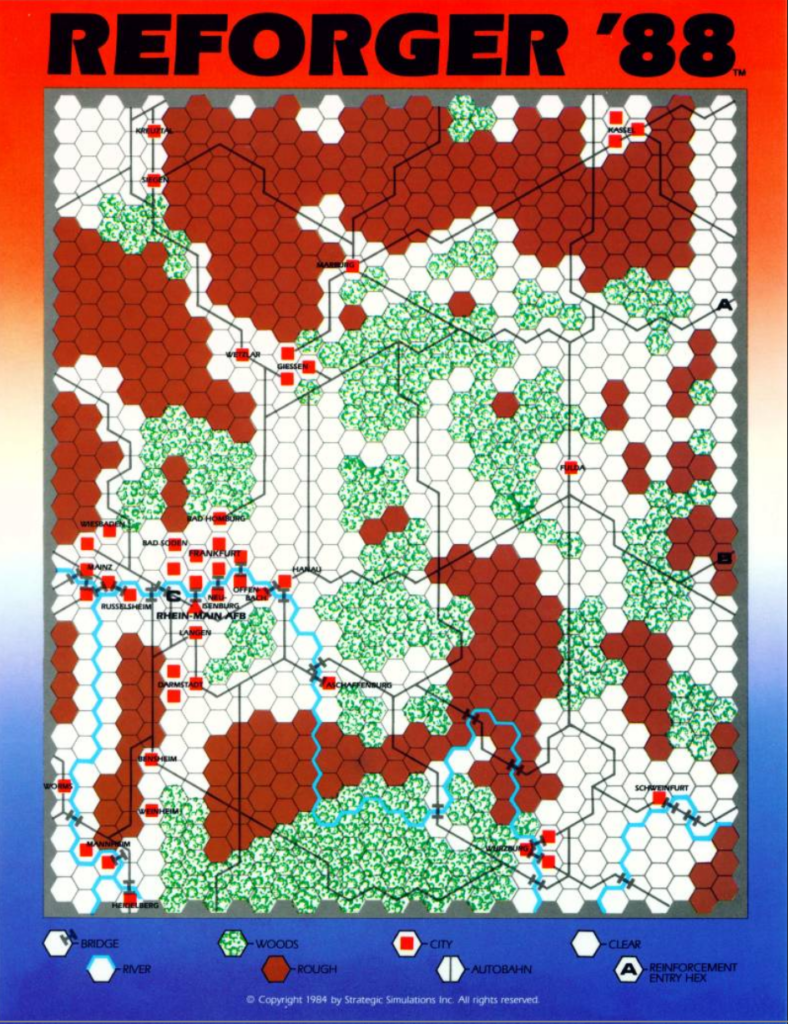
By the late 1980s, the Soviet Union was grappling with severe economic decline and escalating unrest within its Eastern European satellite states. Mikhail Gorbachev’s attempts did little to curb the flames of nationalist and anti-communist movements. As protests spread to Hungary and East Germany, the Soviet-backed regimes struggled to maintain control, leading to Gorbachev’s ousting in a December 1987 coup. He was replaced by Vladimir Kryuchkov, a hardliner determined to maintain Soviet influence over Eastern Europe.
| Operation Reforger | |
|---|---|
| Part of the European front of WW3 | |
 From top-left to bottom-right: BMD-1 crossing the Main river, US infantry deploying from a Bradley, F-111 striking a target near Hanau and West German soldiers with gas masks. | |
| Date 8 May 1988 – 15 May 1988 | |
| Location Essen Land, West Germany | |
| Result Decisive NATO victory | |
| Belligerents | |
• • | • • |
| Strength | |
| • 85 000 men • 1500 tanks • 4000 artillery & light vehicles • 600 aircrafts | • 160 000 men • 3300 tanks • 8800 artillery & light vehicles • 1400 aircrafts |
| Casualties | |
| • 30 000 men (killed, captured or wounded) • 1100 tanks • 3000 artillery & light vehicles • 350 aircrafts | • 70 000 men (killed, captured or wounded) • 2300 tanks • 4400 artillery & light vehicles • 800 aircrafts |
Facing widespread uprisings and fearing NATO intervention, Kryuchkov and his allies launched a preemptive invasion of West Germany on 8 May 1988, with the primary goal of seizing Frankfurt am Main and crippling NATO’s military response. NATO had rehearsed for such an attack for years in its yearly Exercise Reforger, and dubbed the campaign Operation Reforger.
Soviet strategy and order of battle
The primary objective of the Red Army and the Nationale Volksarmee was to capture the city of Frankfurt and destroy the NATO Rhein-Main Air Base within a week. Success would cripple NATO’s response capability and open the path for further exploitation towards the Rhine River. For Soviet planners, speed was prioritized over loss mitigation; achieving the objective swiftly was deemed critical to the overall success of the invasion.
The Soviet 8th Guards Army and the East German Third Army were allocated for the assault, with orders to be used “until exhaustion,” meaning no replacements would be allocated during the battle. Instead, any losses would be offset by reinforcements from the Soviet 1st Guards Army, which were scheduled to arrive during the operation. In total, the Warsaw Pact deployed 11 divisions, comprising 3,300 tanks, 3,200 APCs/IFVs, and over 5,000 additional vehicles. Air support included 500 fighters, 600 bombers, and 300 combat helicopters. Finally, the Soviet Politburo, recognizing the high stakes of the operation, authorized the use of chemical weapons if absolutely necessary to ensure victory.
Despite having an airborne division in reserve, it was never deployed—a decision that remains unexplained among military historians.
NATO
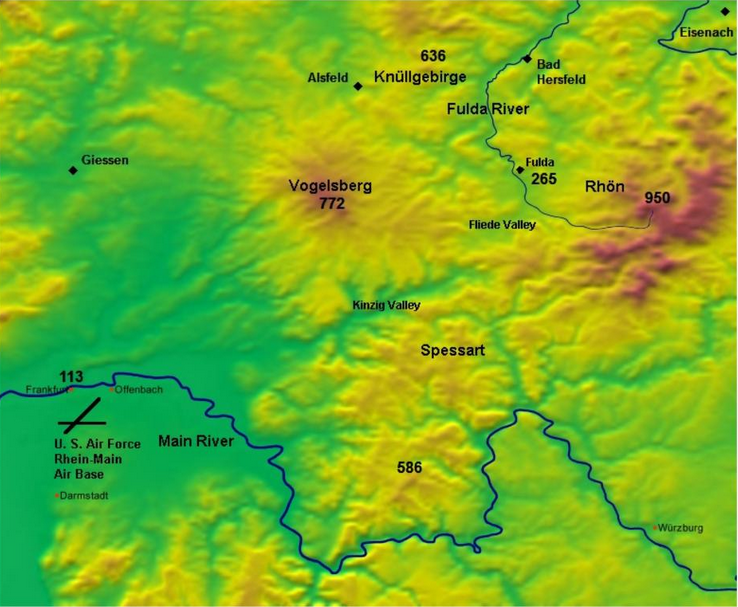
The Fulda Gap, a corridor of flat terrain between the Rhön and Vogelsberg mountains, was identified early in the Cold War as a prime invasion route from East Germany into the heart of West Germany. Consequently, NATO had long prepared for its defense with the annual Reforger (Return of Forces to Germany) exercise, which simulated the rapid deployment of U.S. and allied forces to Europe in response to a Warsaw Pact invasion. From these exercises, NATO’s knew it would take one week before reinforcements from USA could tip the scale.
The strategy wherefore hinged on delaying the Warsaw Pact’s advance long enough to mount a decisive defense near Frankfurt. The key units for this purpose would be the West German III Corps (2nd Panzergrenadier, 5th Panzer, and 12th Panzer divisions) and elements of the US V Corps (mostly the 3rd Armored and 4th Mechanized divisions in addition to smaller units). The 4th Mechanized Division was not fully deployed at the beginning of the hostilities and would arrive piecemeal during the battle.
Despite being outnumbered, NATO forces had several qualitative advantages. These included superior tank technology – such as the Leopard 2 and M1 Abrams tanks, superior to their Soviet counterparts the T-80s and the T-72s. Additionally, NATO could rely on better ground-to-air missiles and better capabilities of its air force for night and all-weather operations. These advantages, along with the leverage of good defensive terrain and the frequent arrival of replacements for the US and Bundeswehr divisions could quickly blunt the Soviet numerical superioriy.
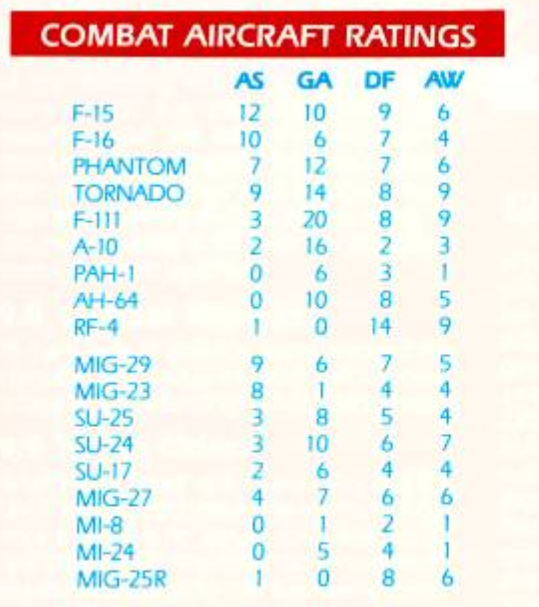
Battle
May 8–9, 1988: The Opening Assault
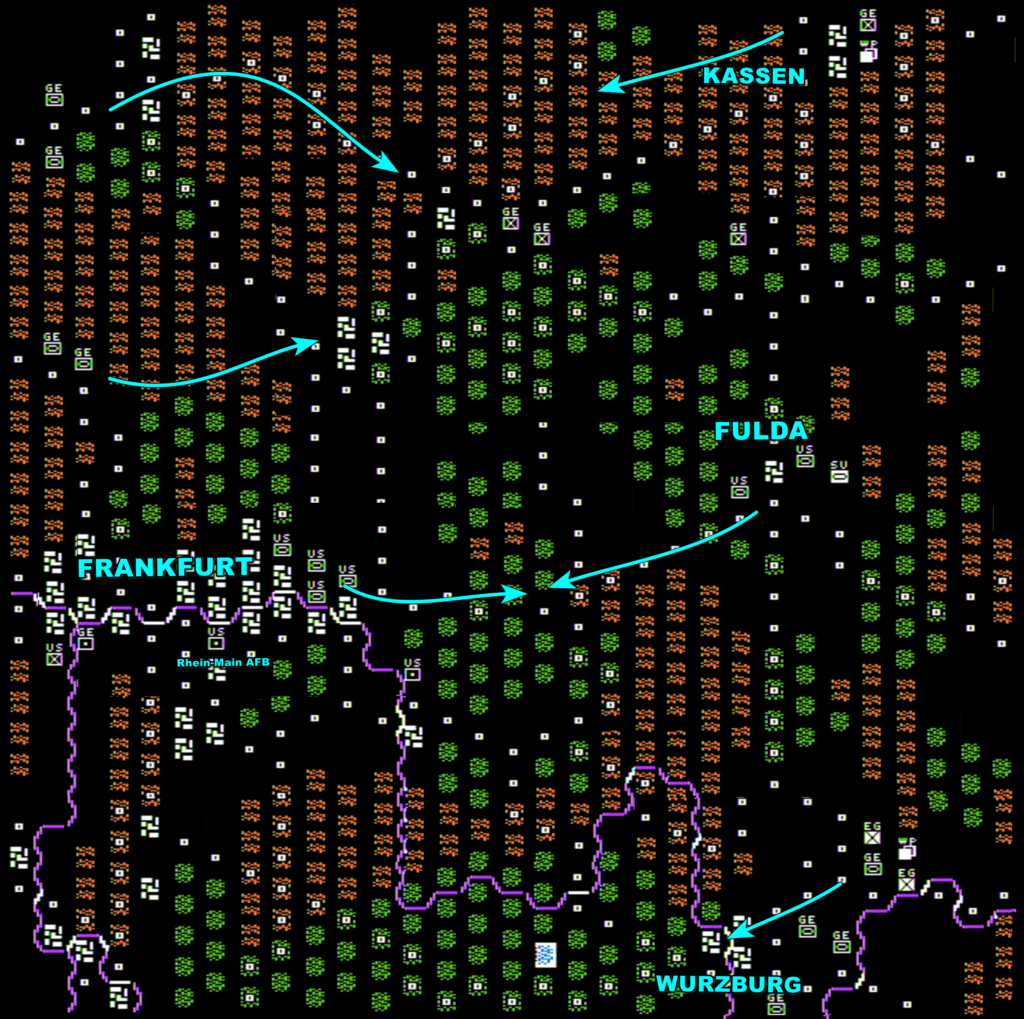
The Soviet invasion commenced with a massive air attack, taking the NATO border units flat-footed and inflicting significant losses on them. The Warsaw Pact immediately followed with a ground invasion, which however failed to overrun any NATO combat group. Despite the ferocity of the attack, the NATO forces managed to withdraw in relatively good order.
In Schweinfurt, the 12th Panzer managed to cleanly disengage from the advancing Volksarmee and cross the Main at Wurzburg and in Fulda, tripwire units of the 11th Armored Cavalry Regiment from the US V Corps could fall back West toward Frankfurt without having to engage any Soviet unit. The only heavy combat happened near Kassel, where the forward elements of the 2nd Panzergrenadier started a fighting retreat West.
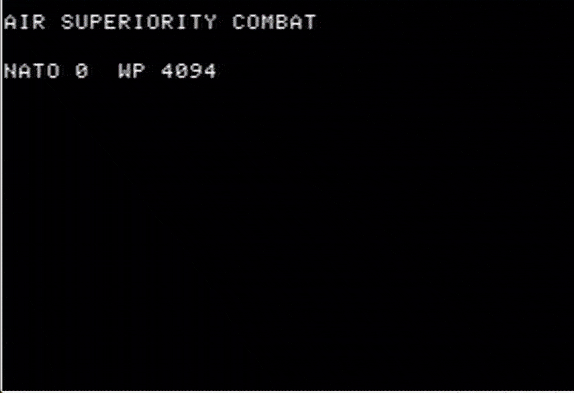
However, NATO’s response was hindered by the flow of refugees fleeing westward, which clogged the autobahn and delayed reinforcements and supplies. Still, the core of the US V Corps which had departed from Frankfurt the 8th linked up with the 11th Armored Cavalry on the evening of the 9th near a strategic crossroads dubbed “Crossroad East.” Meanwhile, the 2nd Panzergrenadier and the 5th Panzer established a defensive line at “Crossroad North-East.”
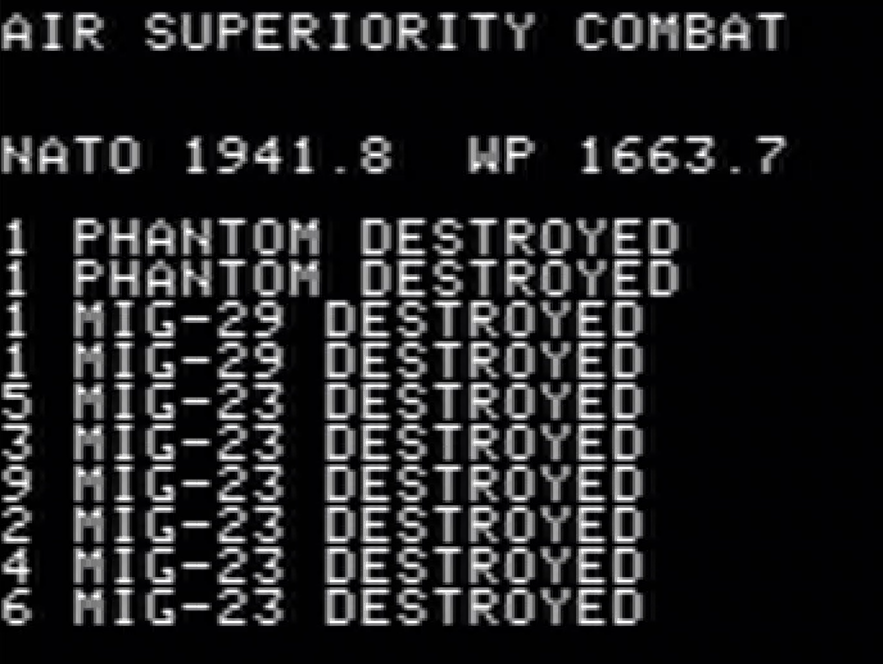
While these unfolded on the ground, both sides allocated all their available fighters to air superiority. The Warsaw Pact had the advantage during the day, allowing their bombers to operate unchecked, while NATO had the advantage during the night, though this could only be exploited by a limited number of bombers able to operate at night. Nonetheless, maintaining air superiority during the day had a tremendous cost for the Warsaw Pact as their most numerous fighters the MiG-23s were no match for the more advanced allied fighters.
May 10–11, 1988: Counterattacks and Stalemates
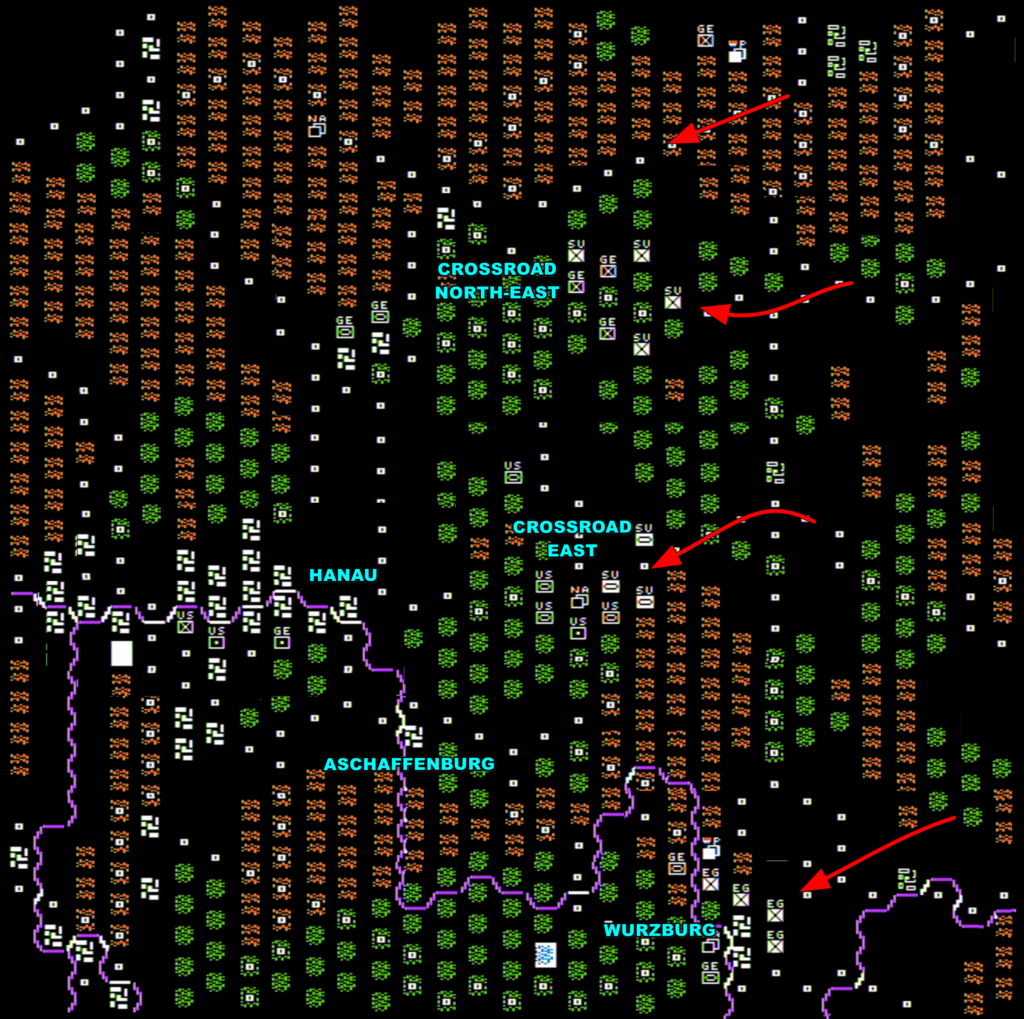
By the night of May 9, NATO’s situation had improved. Reinforcements from the 4th Mechanized Infantry Division arrived, and the refugee situation on the autobahn had eased, allowing rapid movement for both supplies combat units and supplies, some of the latter even reaching the survivors of the Kassel garrison.
Believing its position solid and seeking to neutralize what they considered the tip of the Soviet attack, NATO High Command ordered limited counterattacks from Crossroad East and Crossroad North-East. The German counterattack at Crossroad North-East was largely successful, with the Bundeswehr pushing back dazed Soviet units and linking up with remnants of the Kassel garrison on May 11.
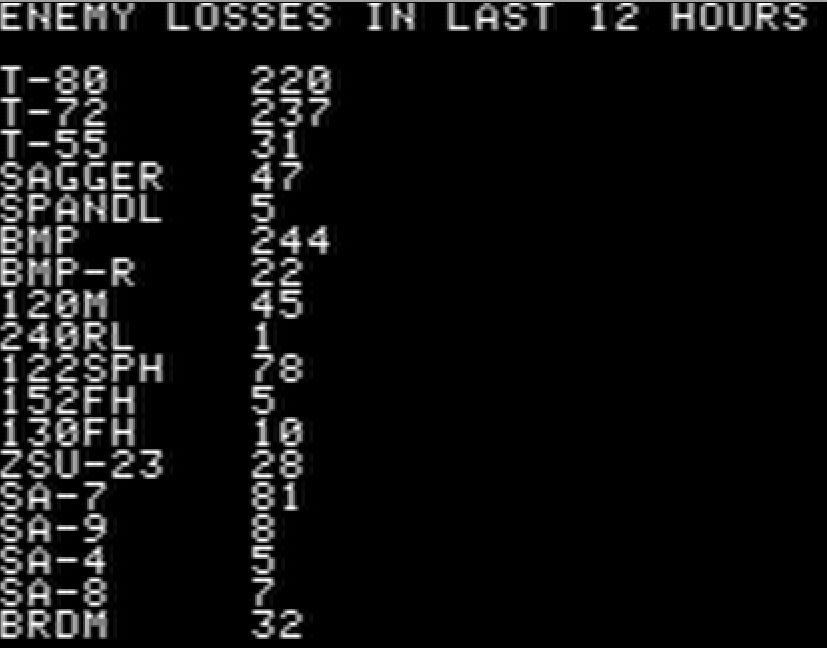
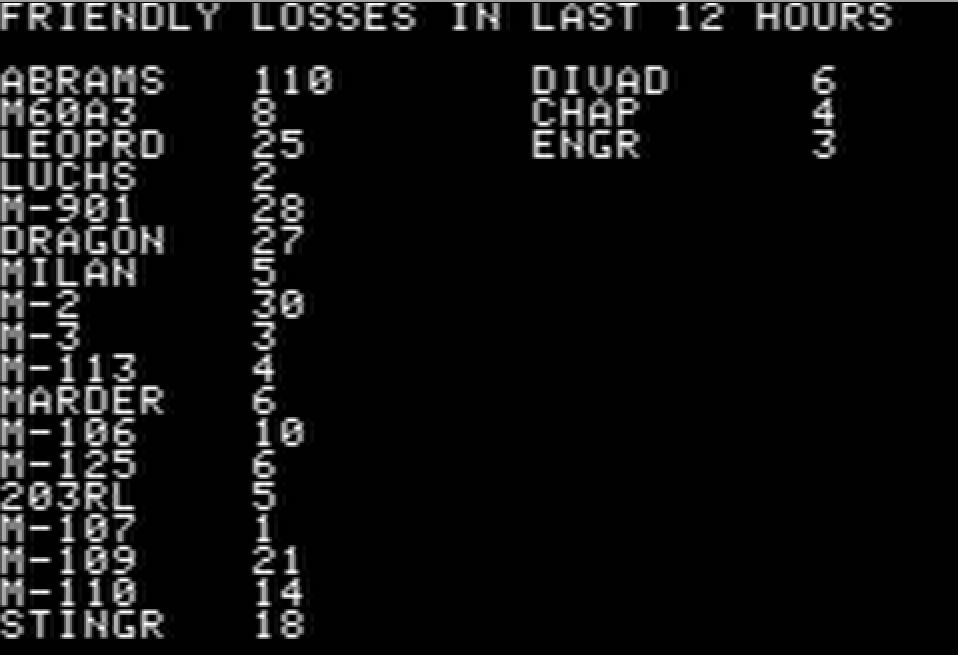
However, the American counterattack at Crossroad East ended in disaster. American forces were pinned down by Soviet bombers on May 10, and by the time they could move, Soviet and East German forces had infiltrated through the difficult terrain south of the crossroads, surrounding the US V Corps. Reinforcements from the 4th division, which could have broken the encirclement, had to be sent in all emergency to defend the bridge of Aschaffenburg that led straight into Frankfurt.
Unsupported, most of the 3rd Armor was destroyed or forced to surrender along with some other elements of the US V Corps; others managed to fight their way South.
May 12–13, 1988: Defense of Frankfurt
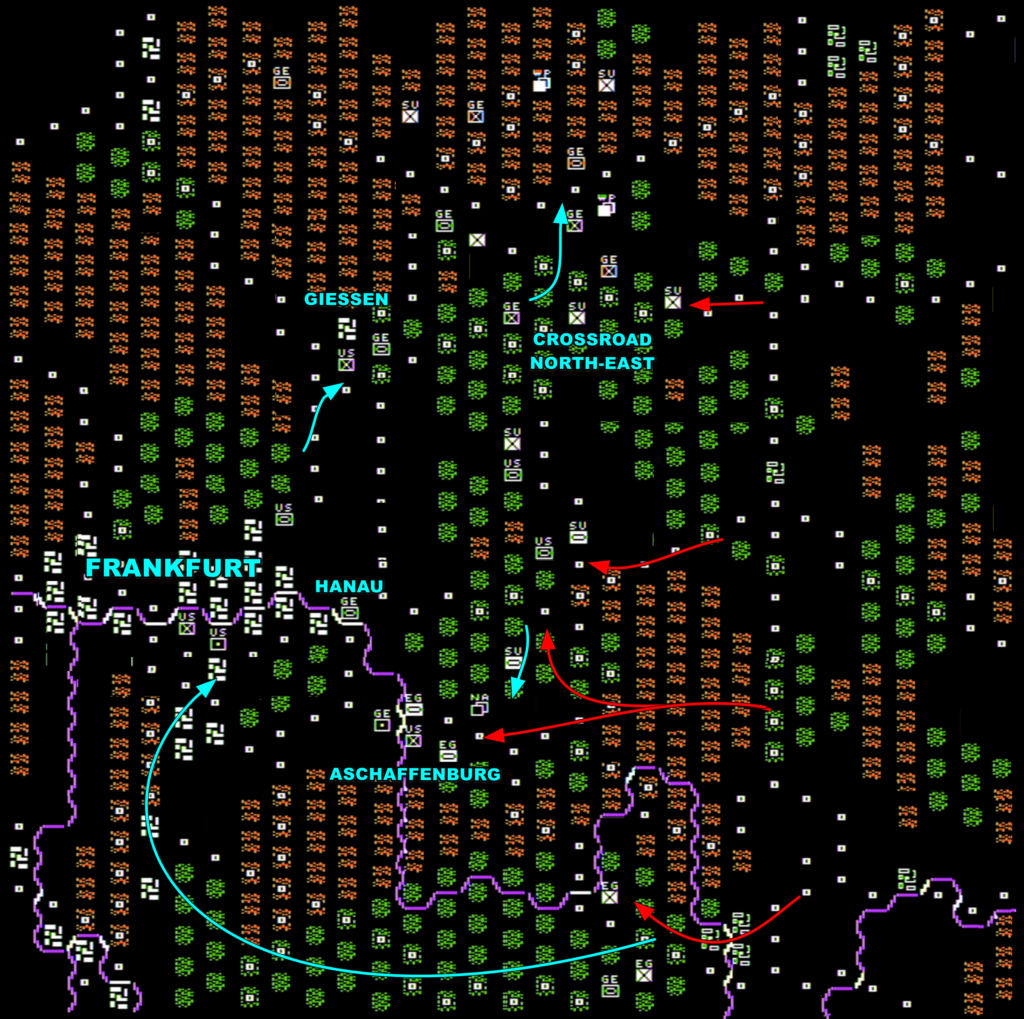
With the Fulda Gap breached, NATO shifted to a defensive posture around Frankfurt. The Warsaw Pact had been stopped North around Crossroad North-East and South in Würzburg, which left only two crossing points into Frankfurt to defend: Hanau and Aschaffenburg. The latter was already garrisonned by elements of the 4th Mechanized Division, soon supported by the survivors of the Crossroad East debacle. Hanau, however, was wide open.
NATO high command reacted promptly. On May 11 already, NATO had ordered to Würzburg to be redeployed in Frankfurt, and on May 12 a combat group was deployed in Hanau. Similarly, some elements of the victorious 12 Panzergrenadier and 5 Panzer were reallocated to Frankfurt. The rest of the Bundeswehr in Crossroad North-East was also deprived of all air support, as all NATO bombers were directed to strike the Warsaw Pact concentration in front of Frankfurt.
This proved succesfull: harassement from the air prevented the Soviets from mounting an efficient assault on Hanau, and in Aschaffenburg the 4th Infantry and the survivors of the 3rd Armor could even mount a counter-attack and destroy several combat groups of the Volksarmee. By the evening of the 13th, the bridge at Aschaffenburg was considered secured by NATO; however lack of air support had forced the West German to abandon Crossroad North-East, and NATO air reconnaissance identified an overwhelming concentration of force in front of Hanau and Gießen .
May 14–15, 1988: Chemical Warfare and Endgame
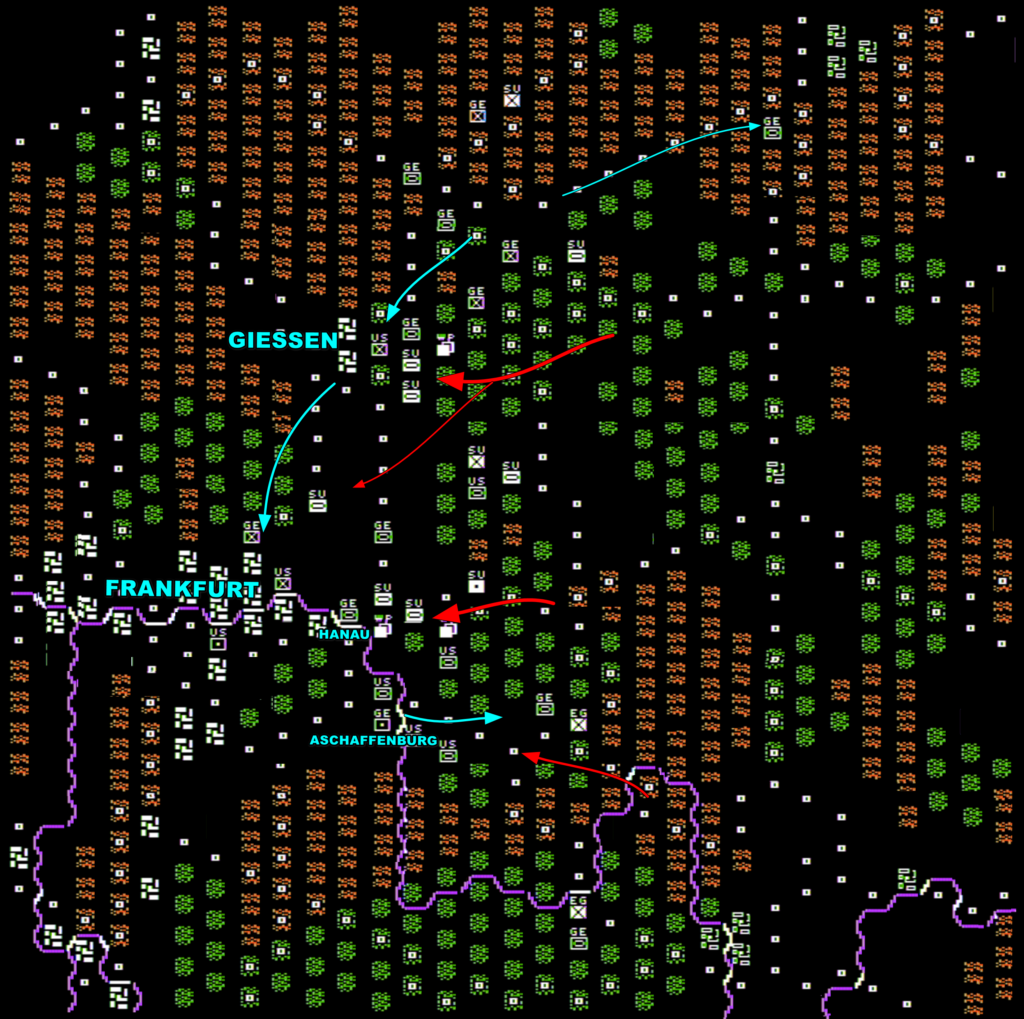
Frustrated by the stalled offensive and aware that their numerical advantage was diminishing, the Warsaw Pact escalated the conflict by employing chemical weapons on May 14. NATO, particularly its US components, was ill-prepared for chemical warfare. Despite this, the Soviet command inexplicably chose not to target Hanau.
Elsewhere, results were devastating for NATO. Several German and American units were eliminated outright or rendered combat ineffective, allowing Soviet forces to advance unimpeded between Gießen and Frankfurt itself. However, Soviet units earmarked for the assault on Gießen were delayed by NATO air attacks, preventing a full breakthrough.
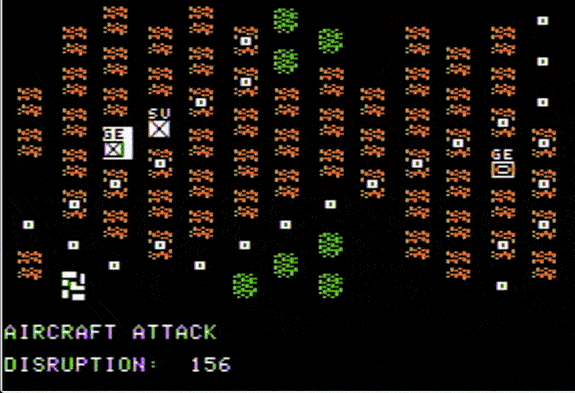
By the afternoon of May 14, Soviet vanguards reached the northern suburbs of Frankfurt. However, NATO had recovered sufficiently to launch counterattacks on May 15, pushing Soviet forces back from the city. The failure of the offensive, coupled with heavy losses and the use of chemical weapons, shattered the morale of Soviet-aligned Eastern European governments.
Aftermath
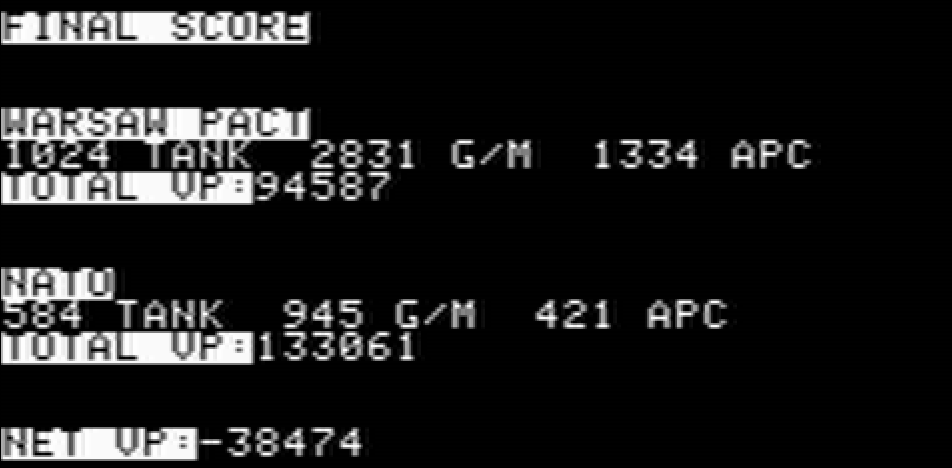
Operation Reforger marked the turning point in the 1988 Soviet invasion of West Germany. The failure to achieve a decisive victory and the heavy losses sustained by the Warsaw Pact weakened Soviet influence in Eastern Europe.
The use of chemical weapons further eroded the legitimacy of the Soviet regime, leading to increased dissent within the Eastern Bloc and setting the stage for the eventual dissolution of the Warsaw Pact.
Rating & Review
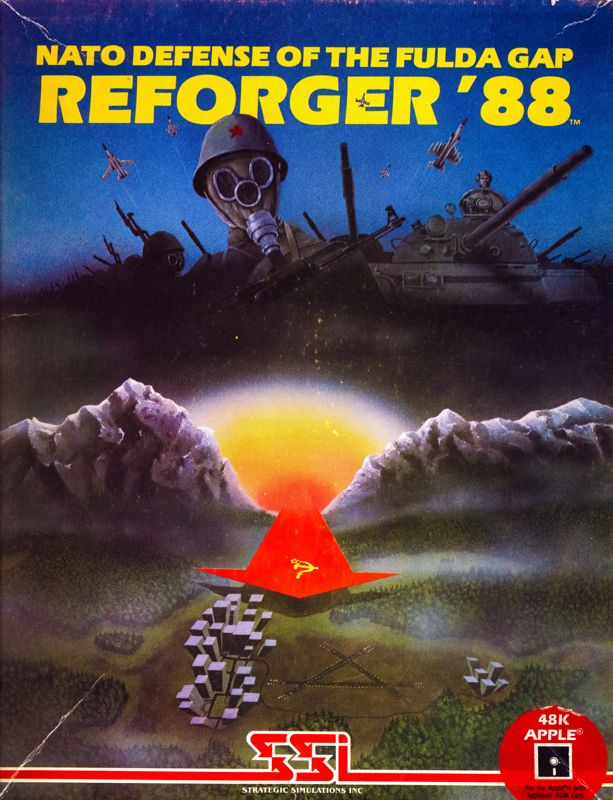
Reforger ’88 by Gary Grigsby, published by SSI, USA
First release: August 1984 on Apple II and Atari
Genre: Land Operations
Average duration of a campaign : 3 hours
Total time played: 3 hours
Complexity: High (3/5)
Rating: Two stars
Ranking at the time of review: 16/140
Context – After Operation Kursk, which adapted the War in Russia engine to cover a battle at the operative level, Gary Grigsby returned once more to his engine with Reforger ’88, a game about “NATO Defense of the Fulda Gap”. Grigsby was well aware of the importance of the Fulda Gap, at least among Western strategists: back in the mid-70s he had been a librarian at the US Army Training Center of Vilseck in Germany, a civilian position that nonetheless gave him intense exposure to NATO theorycrafting.
This is maybe why Reforger ’88 feels a lot more like a labour of love than Objective Kursk, which was bland and derivative – more on this later. Once again, Grigsby went all-in with the level of detail in his game, with historically accurate unit deployment (including for the Warsaw Pact, as much as Grigsby could find) and almost 70 different weapon systems (Objective Kursk: 30). SSI seemed to have understood this: Objective Kursk was sold $39.95, but Reforger ’88, a game with a similar engine and a comparable scope, was sold at the higher SSI price point of $59.95. For this price, the game had little extra content: the rulebook and two copies of the game map. Reforger ’88 was only released on Apple II and Atari.
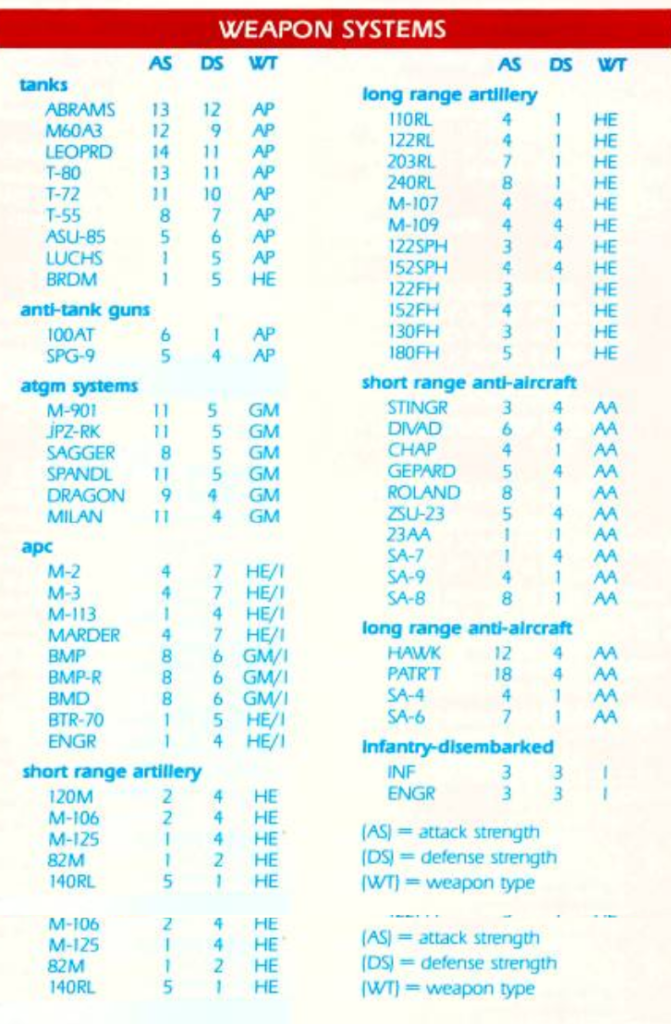
Traits – What surprises when playing Reforger ’88 so shortly after Operation Kursk is how the former is both streamlined and deeper. The various “streamlining” also come from the nature of 1980 warfare, but they are appreciated: all units now have 3 impulses by turn instead of either 2 or 4 (which solves a lot of oddities during turn resolution), the awkward mines are removed, and opportunity fire is now systematic.
I appreciate even more the new features:
- the reworked air system, while not perfect, forces the player to take important decisions regarding the allocation of aircrafts (A-10s and PAH-1s won’t survive for long if sent in a mission without air superiority, but sometimes you need all the punch you can muster),
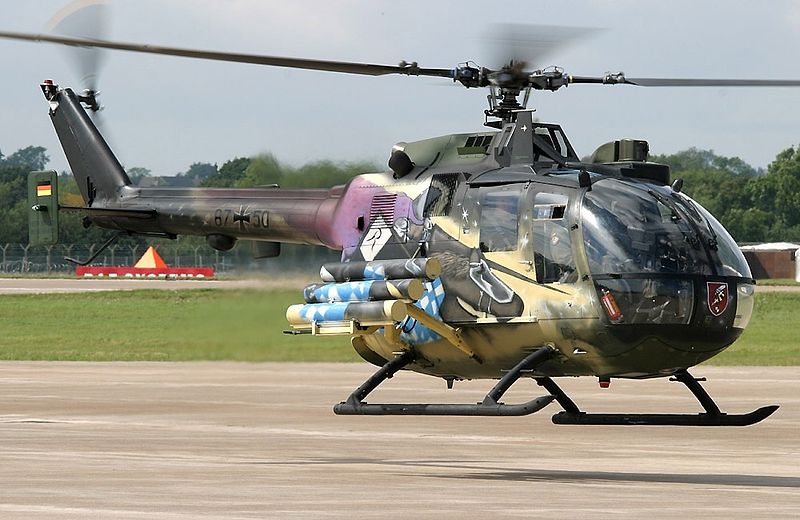
- supplies have also been reworked: units in combat consume a lot more, and it is harder to move in rough terrain, so keeping the supply lines open (or closed!) is more important than in Objective Kursk,
- there are a lot of new options regarding rivers (building/destroying bridges, or attempting to cross without any bridge),
- the addition of replacements, which mostly solves the issue of ridiculously depleted combat units (“2 men sharing a motorcycle”) imposing a zone of control on enemy Panzerdivisions,
- the introduction of fog-of-war makes you generally cautious in your moves and ensures that the gamey “surround and then force to retreat” tactics that worked so well in Objective Kursk are dangerous to execute.
But what makes Reforger ’88 so much better than its predecessor is the scenario. In Objective Kursk, forget about Kursk: the real objective was to destroy as many Soviet units as possible in a gigantic brawl, and maybe if you find the time snatch some cities to bridge the missing points. In Reforger ’88 however, you can’t ignore the map: any city occupied is lost forever (NATO does not recover the VPs if they reoccupy it), and the Frankfurt Rhein-Main AFB is worth 100 000 points – enough to guarantee a Soviet victory except if the Soviets declared chemical warfare, which costs them 50 000 points. Moreover, defence has a tremendous combat advantage due to the static mode bonus (+100%, vs +50% in Objective Kursk) and the ubiquity of difficult terrain. This combination makes 200% disruption for the attacker commonplace in Reforger ’88, while it rarely passed 75% in Objective Kursk, and consequently Soviet combat units are hard to destroy in counter-attack. What’s left is to play a fine game of balancing between holding a position and falling back, in order to delay as much as possible the moment when Frankfurt is attacked, and when this happens, to reduce as much as possible the directions from which the attacks are coming – keeping the game dynamic until the end.
Did I make interesting decisions? Yes, at the tactical and strategic level, every turn until the last one.
Final rating: Two stars: Reforger ’88 keeps most of the flaws of Objective Kursk, in particular a level of detail in unit composition that is made irrelevant by the lack of information on the enemy – but because of the great scenario design the game is now about more than just finding the most efficient way to destroy enemy units, and Reforger ’88 can be ranked at a level comparable to Roger Keating’s 1985 series.
Reception
The reviewtariat shared my general opinion of Reforger ’88, as the game received positive, albeit rare, reviews. I feel particularly vindicated by Jasper Silvester’s Micro-review in Computer Gaming World (June 1985), with in particular this line: “The game thus boasts a fine mix of two levels of decision making where many games opt for either a strategic or tactical level“. Silvester concludes that the game is “excellent” and “satisfying to play from the initial boot to the last turn of battle”. We read similar vibes in Family Computing, Antic, Tilt [France] and Jeux & Stratégie [France]. Amusingly most magazines warn that the game is for advanced players, except Family Computing which somehow considers the game almost entry-level “Even newcomers with reasonable strategic thinking skills can jump right in”. Finally, I should note that Evan Brooks did not like the game, stating it lacked “soul” in Current Notes (November 1985), though still giving it two stars 10 years later in a January 1994 retrospective.
Reforger ’88 sold 6100 copies in the USA, compared to 4000 for Objective Kursk and 5600 for Baltic 1985 – not great but acceptable by SSI wargame standard given the price. Unfortunately, this was before Steam and the appstore, so when Joel Billings received Fire on the Weser, Reforger ’88‘s sequel on the Hannover front, he only had the Objective Kursk data to work with, and he did not like them. Fire on the Weser was cancelled and nothing remains of it. A difficult decision, but a wise one: Grigsby’s next game would be Kampfgruppe, one the most successful SSI games that would show Billings that wargames still had a chance against RPGs.
I am on holidays until the first days of September, so no article in the coming two weeks, after which I will be back with the SSI and British games I did not grow up loving, but some of you did :).
One Comment
Great review as usual, and the Wikipedia parody works perfectly. Enjoy your well-deserved holiday, Scribe!